- Response to “The Uncertainty of Documentarism” by Hito Steyerl.
Steyerl’s theory of how the “unbroken belief” of the documentary form is being challenged is how it has stopped corresponding to reality and has become abstract. In other words, Steyerl states in the article that in the past, it was only considered a form of the documentary if the document had captured something clear and visible, while the change has made the abstractness or the uncertainty of how the document represents something can also convey the truth.
For example how those CNN images still acutely express the uncertainty of the real world even though the images are all low resolution and could only see patterns of something green and brown moving across the screen. “The closer to reality we get, the less focused and jumpier the images become.
Nowadays I think it is really difficult to differentiate the reliabilities and inaccurate news and content because of the highly developing technologies. For instance, an image of the former president of the united states, Donald Trump getting arrested created by an AI has caused a lot of buzz on many social media platforms. In fact, I myself believed the false image until I checked the comment section. Therefore, compared to other media such as articles or images, live broadcasts bring trustworthy information.
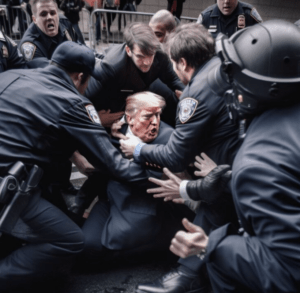 created by Eliot Higgins using Midjourney v5.
created by Eliot Higgins using Midjourney v5.
2. Five Obstructions (2004) by Jorgen Leth & Lars von Trier
The rules of each obstruction are simple:
#1 It must be shot in Cuba and each sets and shots have to be shorter than 12 frames.
#2 It should be shot in the worst place to shoot a film
#3 It should be made with Leth’s freedom of style
#4 It should be a cartoon
#5 It should be re-created by von Tier
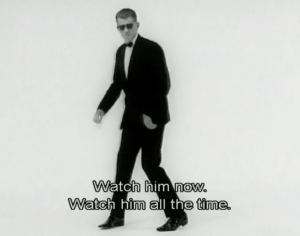
Though Danish director Jorgen Leth was challenged to remake The Perfect Human, the way Leth go back and forth from Cuba to India, Belgium to the U.S. and stopped at Denmark to show it to von Trier shows how committed he was to refilm the original film. In the film, von Trier said “This isn’t a competition with yourself, this is therapy” to Leth, and this brings out von Trier’s intention with his project with Jorgen. Indeed, when it comes to filmmaking, I think people should have in their mind that there’s no right or wrong and should always challenge themselves to try new methods. The same goes for Leth, von Trier’s goal was not to make Leth’s film a great remake of The Perfect Human, but to observe the process of filmmaking more like a “therapy”.
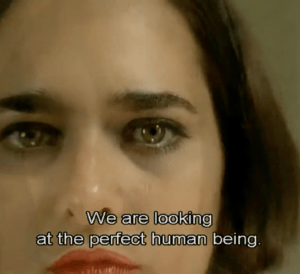
The first remake observing the first obstruction in Cuba was fun to watch as Leth had the limitation of only using 12 frames as it also added a bit of rhythm and humanity as it contained Cuban culture. For the second one, I enjoyed watching Leth himself being the performer and part of his artwork. The third, the one that was the most different in the style compared to von Trier’s original one shows how two artists in the same art field can differ when making art. Then, the fourth one was my favourite of all the 5 obstructions as it had to be an animation. Although the message or theme an animation and film deliver differs, it was interesting to see a short film recreated as a cartoon. The last, and the most meaningful obstruction kind of gave me the impression of two artists sharing knowledge or just simply uniting with filmmaking as a bridge. 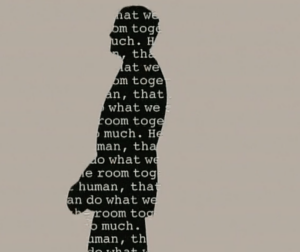
As a person who enjoys watching behind-the-scenes videos of films, it was almost fascinating when I watched this documentary film for the first time. It not only made me learn all the processes of filmmaking but also made me understand that exploring the limitless possibilities of cinematography is more important to stick to a certain rule and there is still a lot to be exposed in the film industry.
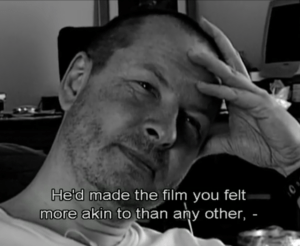 Img from “Five Obstructions” (2004) by Jorgen Leth and Lars von Trier, taken from Kanopy.
Img from “Five Obstructions” (2004) by Jorgen Leth and Lars von Trier, taken from Kanopy.